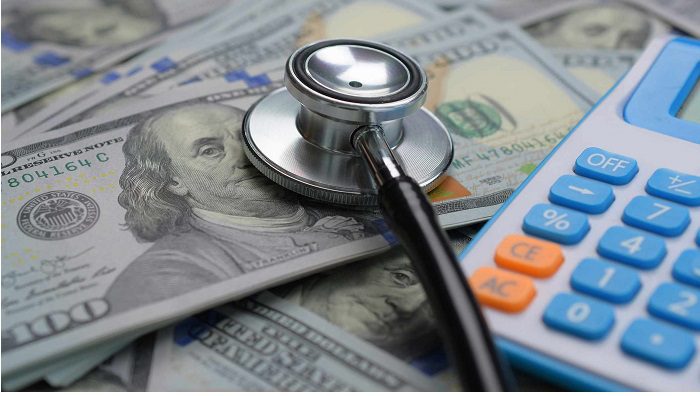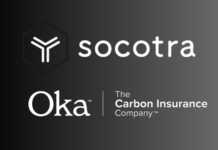In the 20 years from 2000 to 2020, even after accounting for inflation, lobbyist spending in the US healthcare industry increased by more than 70%, with a sizeable chunk of that spending focused on pharmaceuticals and healthcare providers, according to recent data published in JAMA Health Forum.
Researchers used OpenSecrets, a non-profit, non-partisan organisation that tracks money in politics, to focus on four major categories of stakeholders: producers of pharmaceuticals and healthcare products, funders (insurers and health maintenance organisations), suppliers (health professionals, hospitals, nursing homes, and affiliated trade organisations), and other healthcare consultants and policy organisations.
Spending on lobbying climbed across the board, with rates of growth that were greater before 2010.
Healthcare lobbying costs totaled $713.6 million in 2020, compared to $358.2 million in 2000. Manufacturers of pharmaceutical and healthcare products spent $308,4 million in lobbying actions in 2020, followed by clinicians ($286.9 million), payers ($80.6 million), and other businesses ($37.7 million).
The top 10% of corporations accounted for 70.4% of payer spending, 69.0% of manufacturer spending, and 59.0% of provider spending, demonstrating the severe concentration of spending.
The top 10% of companies spent less, with the bottom 90% accounting for only 37.7% of the total. Statistics indicate that pharmaceutical and healthcare providers, as well as the trade associations that represent them, account for the majority of lobbying costs in the healthcare sector.
Similar disparities existed in the allocation of lobbying activities, with a small number of businesses footing the majority of the bill. Because of lobbying activities aimed at the Affordable Care Act, spending increase in the early 2000s was faster than in more subsequent years. The authors noted that because a small number of companies spend a disproportionate amount on lobbying, some groups may not be adequately represented while policies are being made.
Concerns that some businesses may be exerting an excessive degree of influence on policy-making have led to increased public scrutiny of lobbying actions in the U.S. healthcare sector, according to the authors. Hospitals and insurers are two more healthcare stakeholders that have come under regulatory oversight and may be spending money on lobbying efforts to further their interests.
Researchers from JAMA emphasised that it’s possible that not all lobbying costs were considered in the analysis. Additionally, while the majority of businesses simply disclose the costs related to federal lobbying, others also include state- and grassroots-level lobbying in their required disclosures.
According to the study, it was not always simple to differentiate between spending by companies with both healthcare and non-healthcare lines of business. OpenSecrets data, however, has been validated and used for research in other spheres of the economy.






















